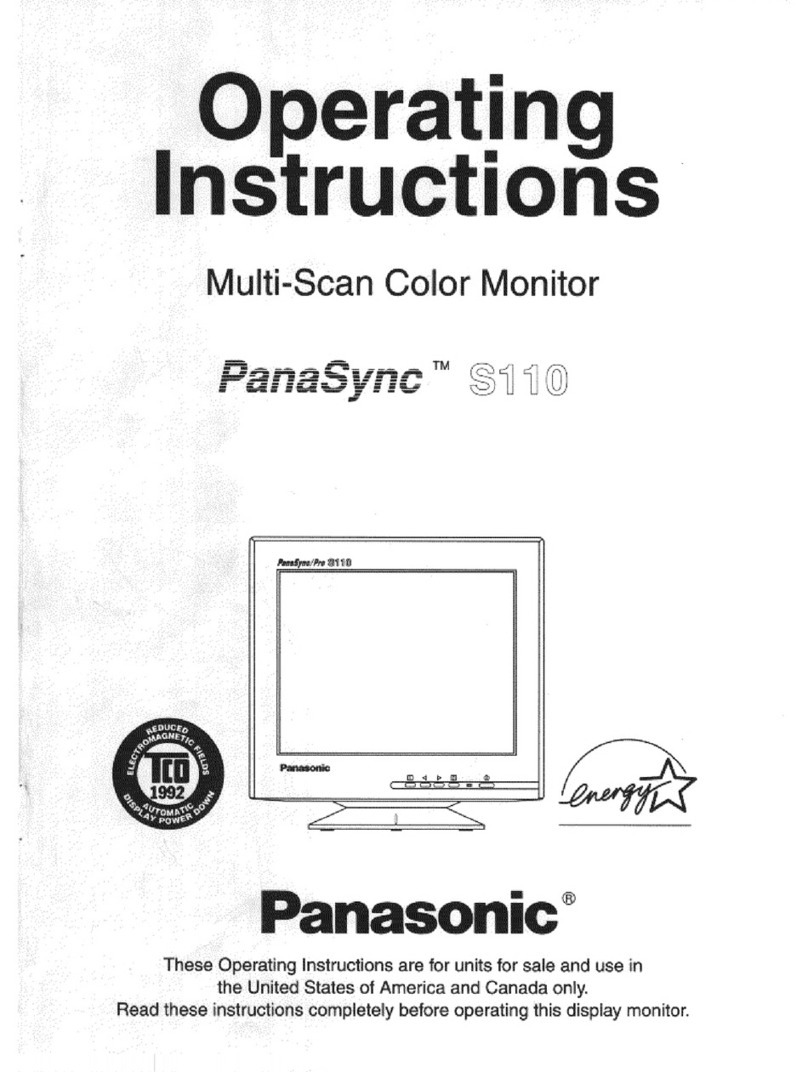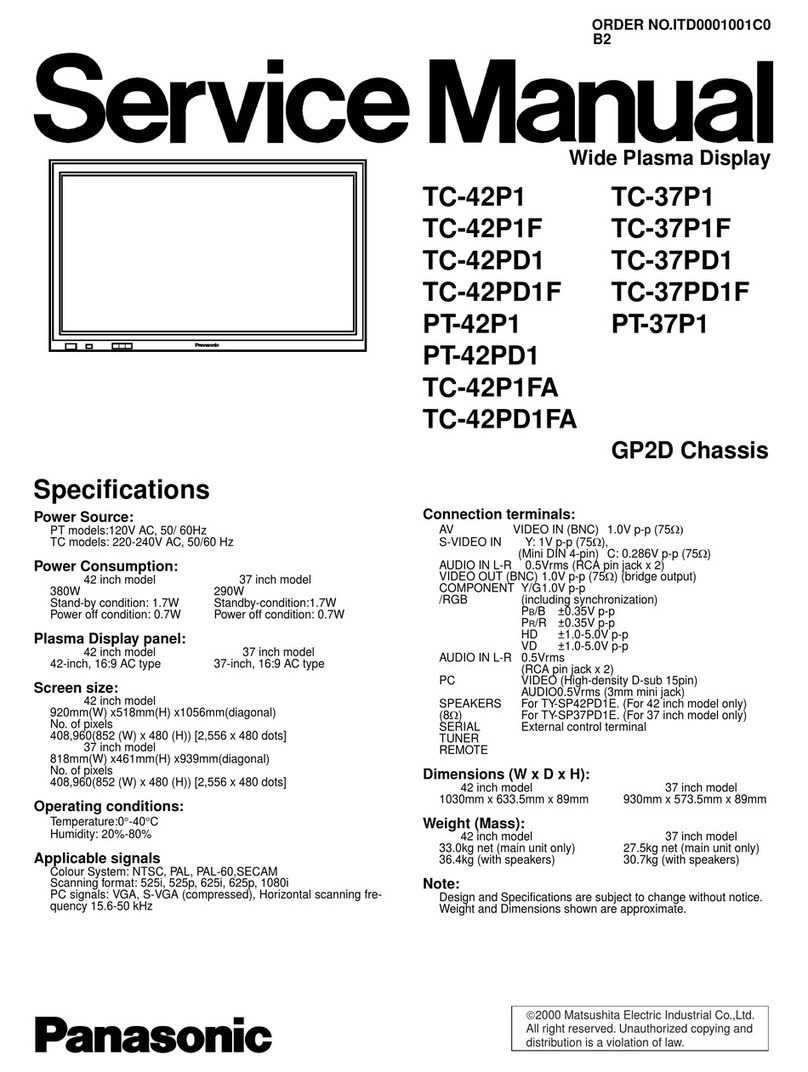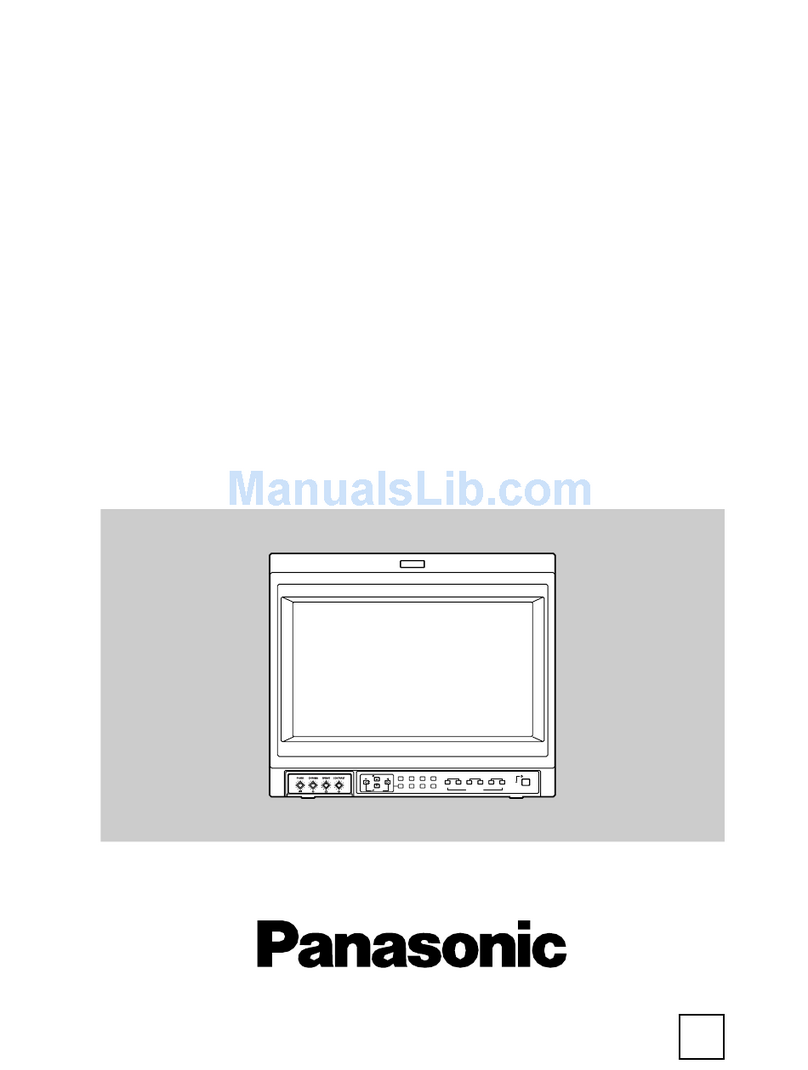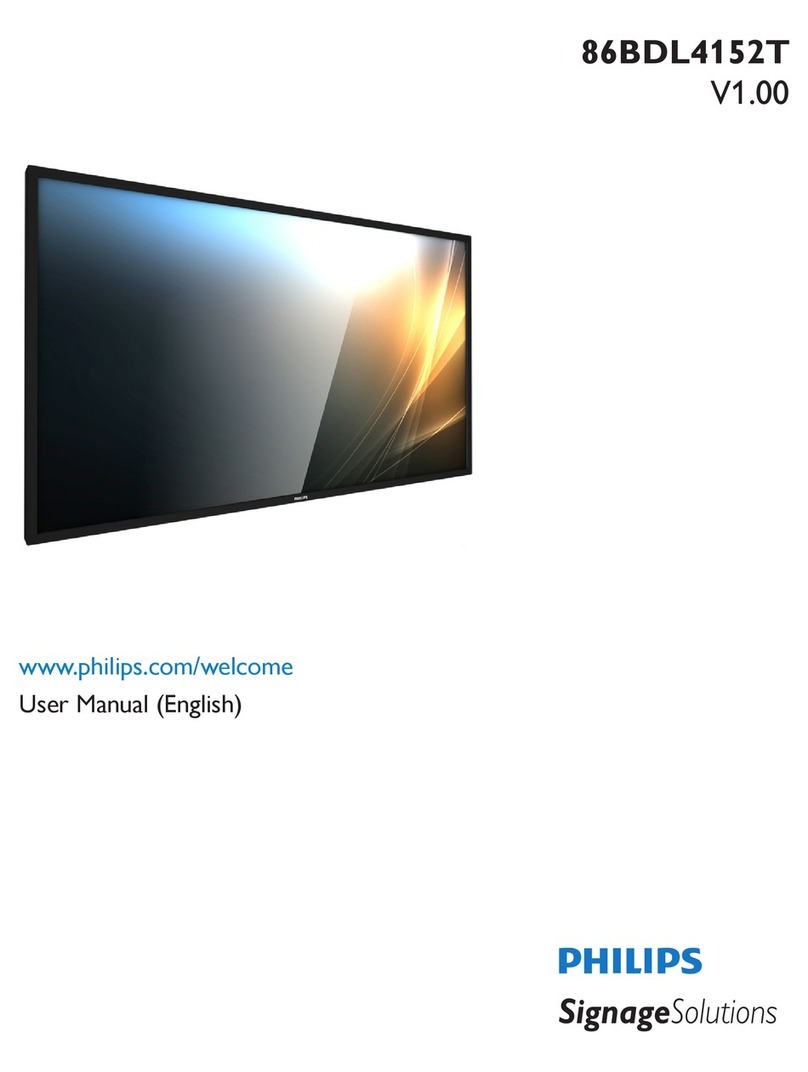Panasonic TX-1413FHE User manual
Other Panasonic Monitor manuals

Panasonic
Panasonic TH-55LFV50U User manual
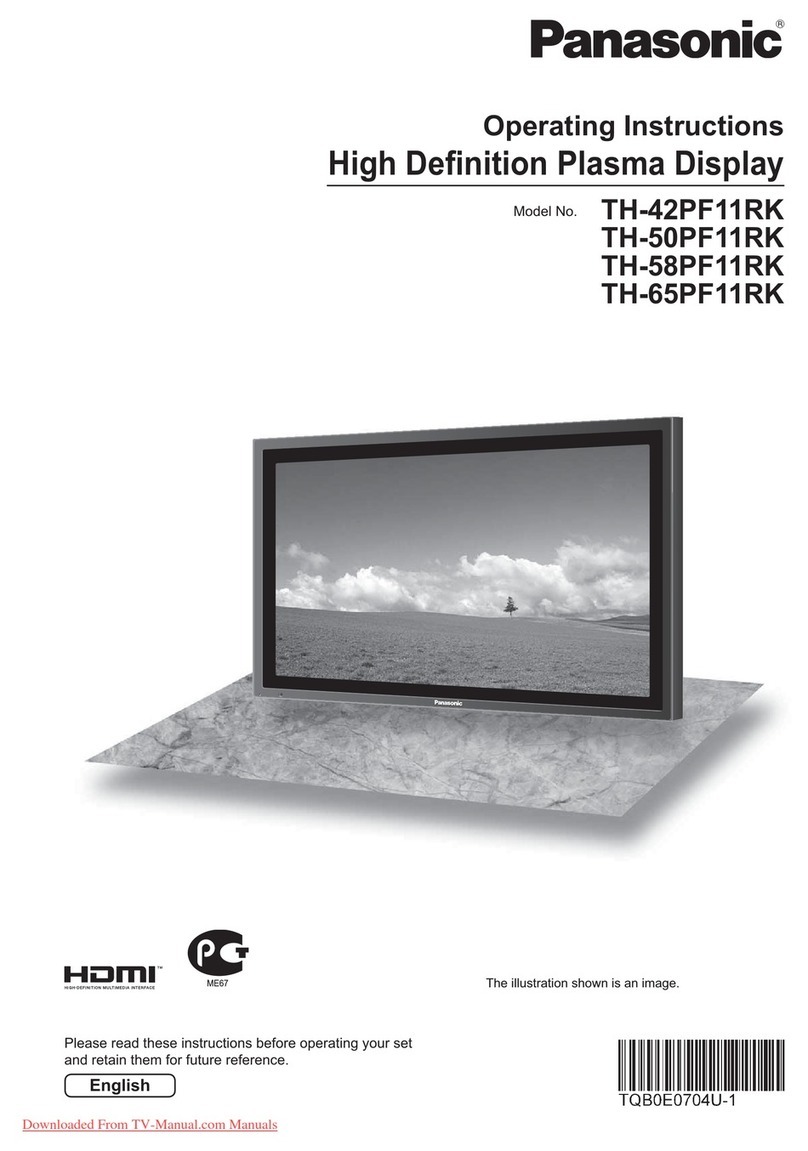
Panasonic
Panasonic TH-42PF11RK User manual
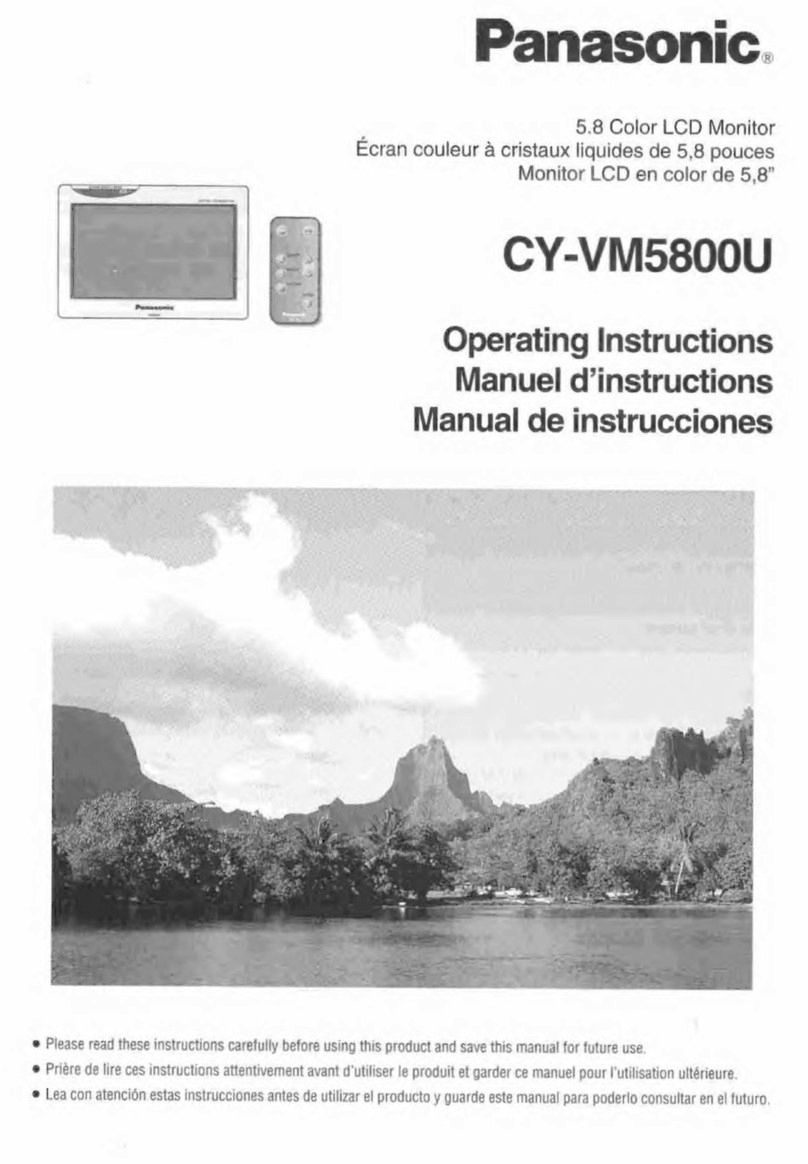
Panasonic
Panasonic CY-VM5800U User manual

Panasonic
Panasonic GT01 User manual
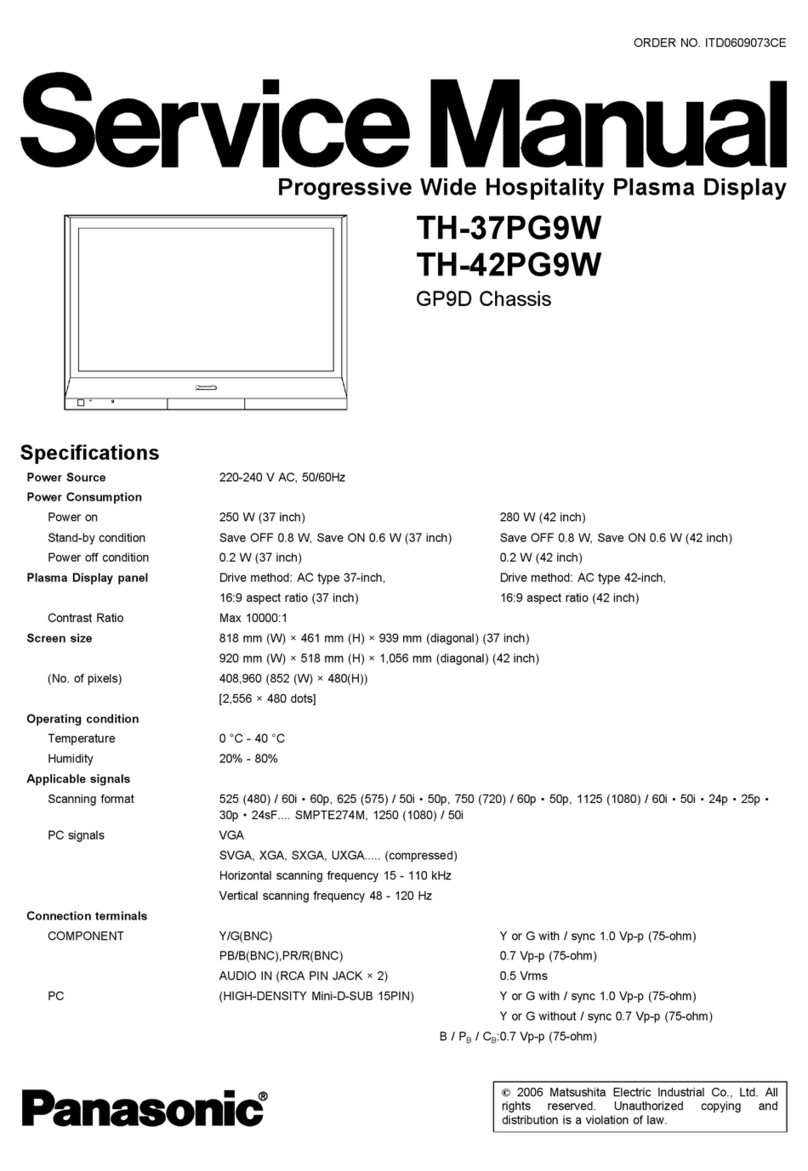
Panasonic
Panasonic TH-37PG9W User manual

Panasonic
Panasonic CT-26WC15 User manual

Panasonic
Panasonic TH-65PF20W User manual

Panasonic
Panasonic WVCK1420 - COLOR MONITOR User manual
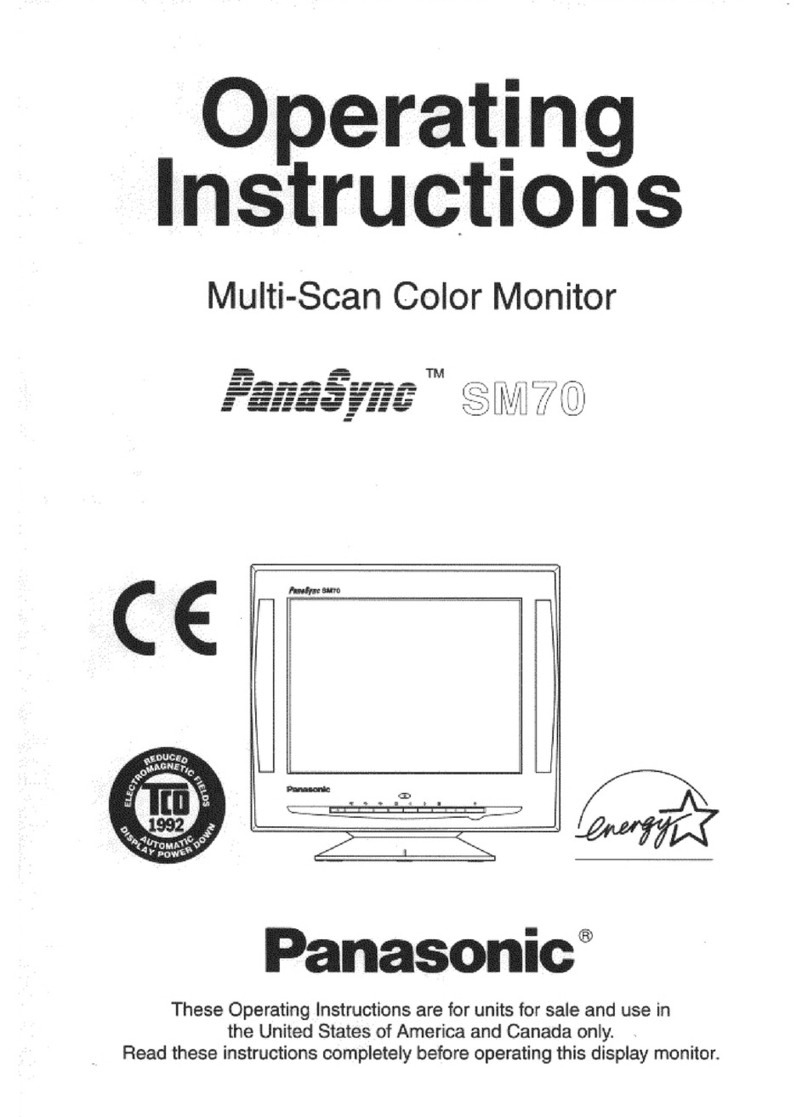
Panasonic
Panasonic PANASYNC SM70 User manual

Panasonic
Panasonic WVCM1450 - COLOR MONITOR User manual

Panasonic
Panasonic TH-65PF9BK User manual
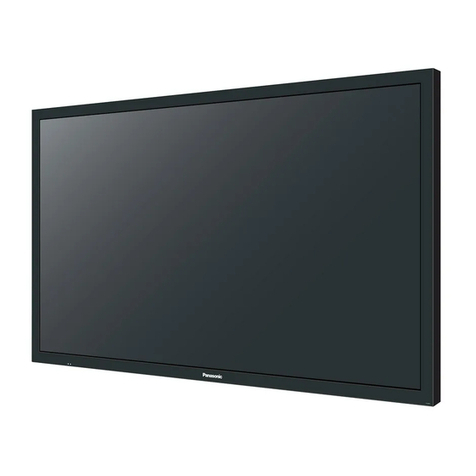
Panasonic
Panasonic TH-65BFE1W User manual

Panasonic
Panasonic TH-50PH30W User manual
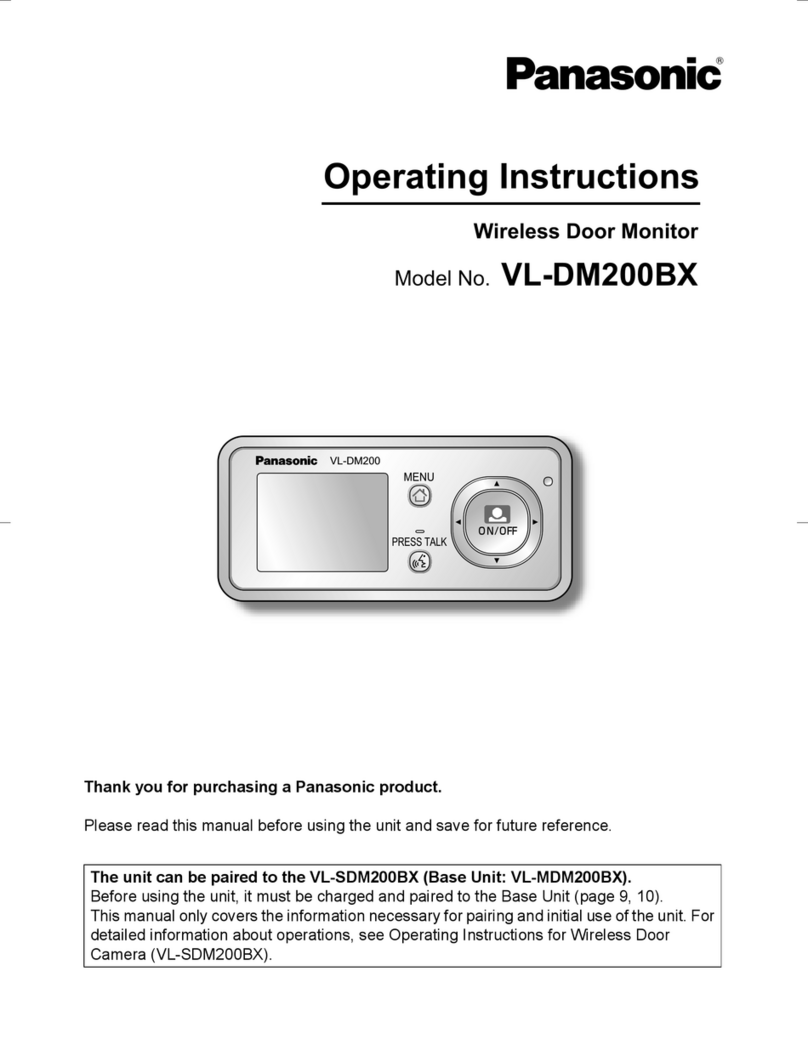
Panasonic
Panasonic VL-DM200BX User manual
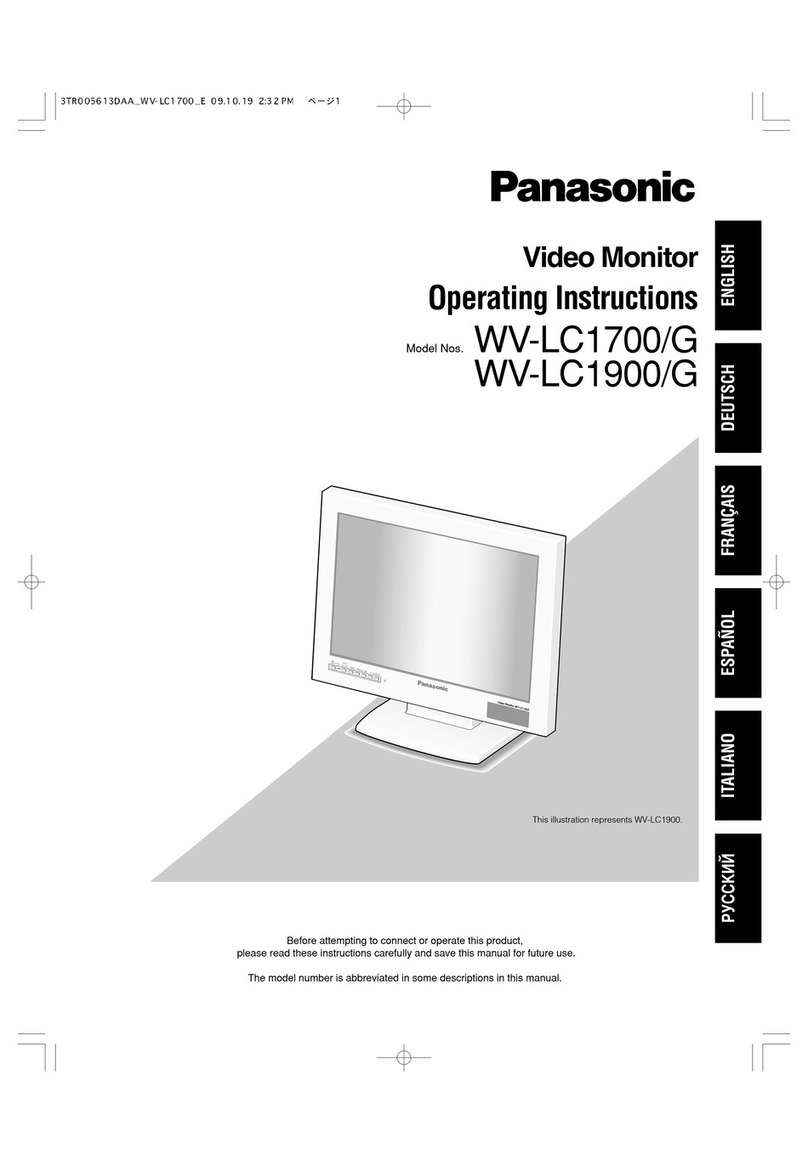
Panasonic
Panasonic WV-LC1700 User manual

Panasonic
Panasonic Viera TH-42PWD5 User manual

Panasonic
Panasonic TH-65PF20U User manual
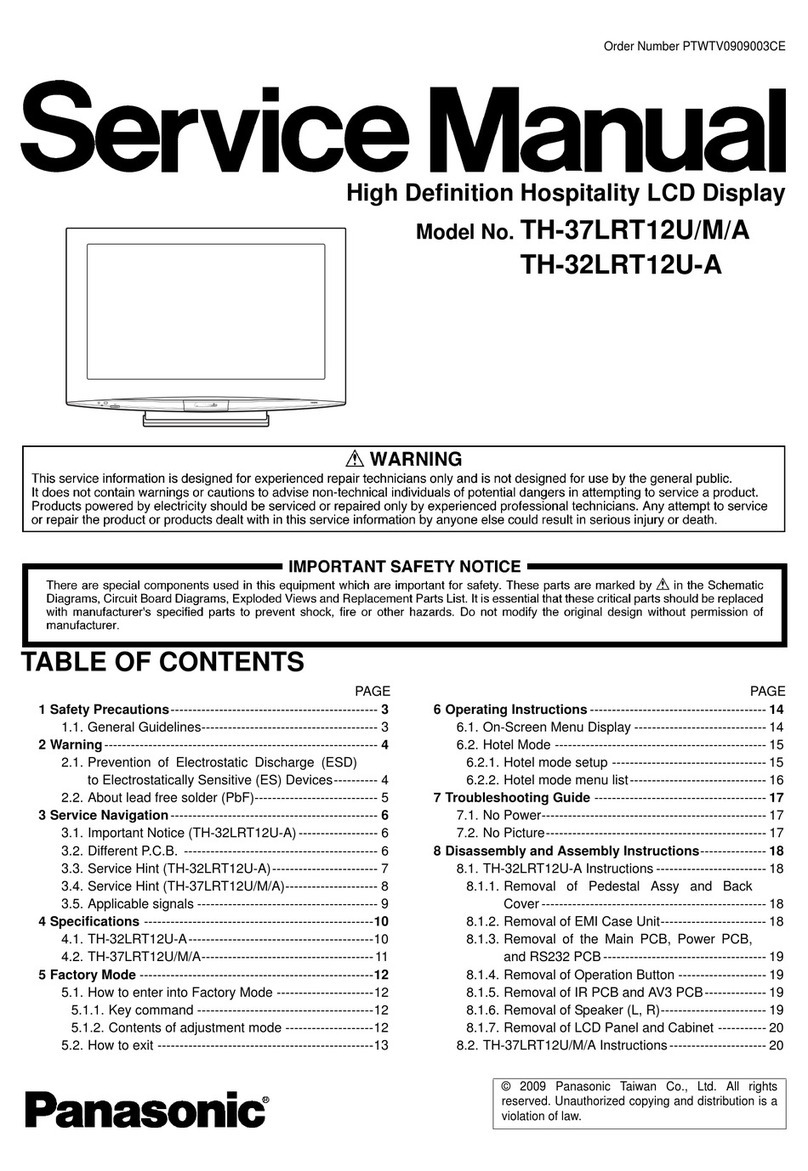
Panasonic
Panasonic TH37LRT12U - HD LCD DISPLAY User manual

Panasonic
Panasonic PT-50LC13K User manual

Panasonic
Panasonic TH-50LFC70U User manual
